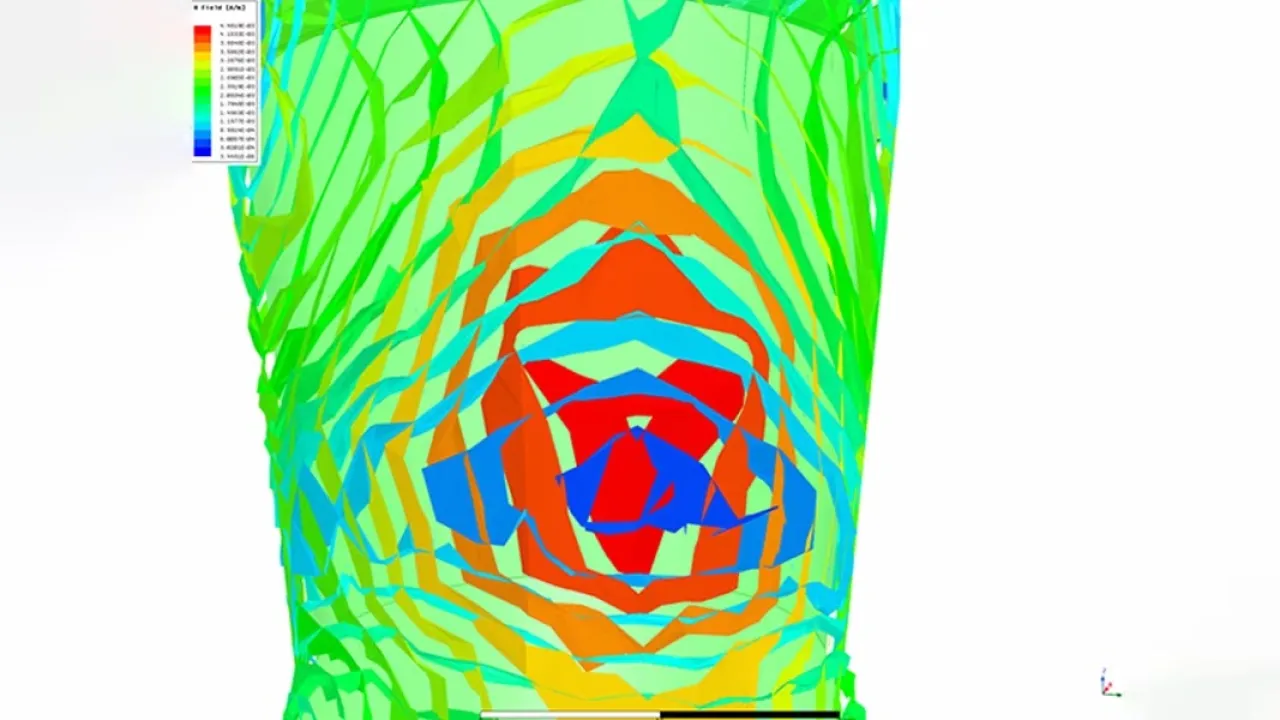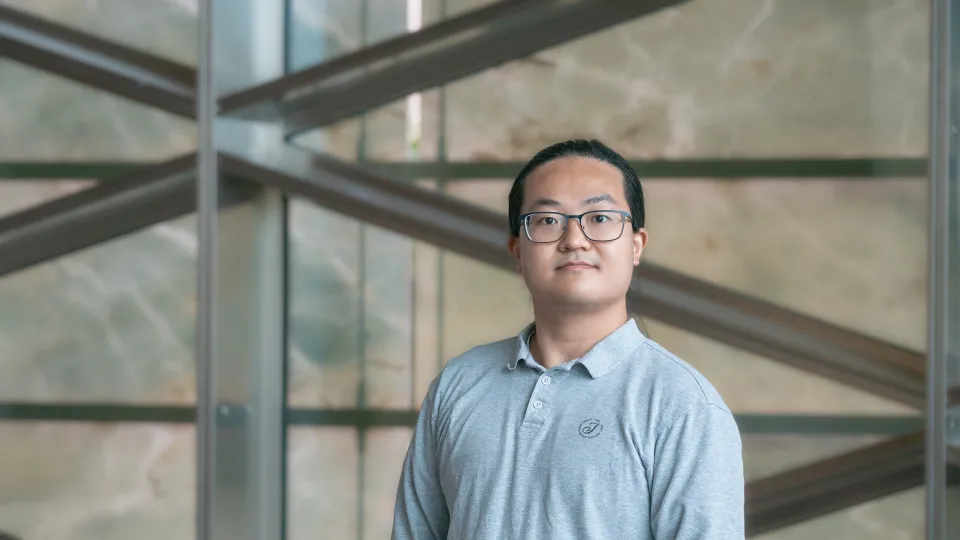
KAUST named among academic winners at the 2020 Ansys Hall of Fame Competition
Landmine detection research developed by KAUST scientists—Sebastian Celis Sierra, Li Zhang, and Mohamed Farhat—was named among the top three academic winners of the 2020 Ansys Hall of Fame competition. Based in Pennsylvania, U.S., Ansys develop and market multiphysics engineering simulation software for product design.
About
By David Murphy
Landmine detection research developed by KAUST scientists—Sebastian Celis Sierra, Li Zhang, and Mohamed Farhat—was named among the top three academic winners of the 2020 Ansys Hall of Fame competition. Based in Pennsylvania, U.S., Ansys develop and market multiphysics engineering simulation software for product design. Their annual showcase event highlights the ability of Ansys’ software to solve critical engineering challenges across industries.
“It is a great honor for me to have been acknowledged for our simulation by such a prestigious company,” Celis Sierra said. “Furthermore, as a Colombian, I am aware of the enormous impact that landmines have on rural communities. It makes me glad to think that our research can potentially help these communities and save countless lives around the globe.”
Helping to save lives
Unexploded landmines pose an ever-present danger to civilians in war-torn regions of the world. According to the Landmine Monitor’s 2019 report, in 2018 alone, 6,897 people were killed or injured by mines with children accounting for 54% of casualties. Worryingly, the majority of modern landmines—due to their increasingly plastic makeup—can not be reliably detected via conventional radar.
To combat this prevalent problem, Celis Sierra used Ansys’ high-frequency structure simulator (HFSS) to facilitate the identification of landmines. For their research, the team used 330-milliliter plastic bottles filled with dielectric materials to mimic how buried explosives react to high frequencies.
“Searching for unexploded landmines can take up a considerable amount of working hours; many times, pieces of metal are left behind in the fields to confuse the operators,” he noted. “We have modeled landmines scenarios that are then irradiated by an incoming electromagnetic wave; this wave will bounce in the object, providing us with a signature of the buried item. With the help of the developed model, we can extract the data set required for a machine-learning algorithm to train a system to detect potential landmines.”
Contributions to improve our world
During his two years at KAUST, Celis Sierra’s research has focused on electromagnetic simulations for communications and radar applications; this includes metasurfaces, filters, antenna arrays, and ground-penetrating radars. In the future, he hopes to continue working on research that can transcend the laboratory setting to help solve real-world problems.
“For me, I have always seen research as the possibility of expanding current knowledge,” he said. “I want to make real contributions that improve our world, and not to work merely for the sake of publishing—this is what pushes me to continue learning and analyzing ongoing research.”
